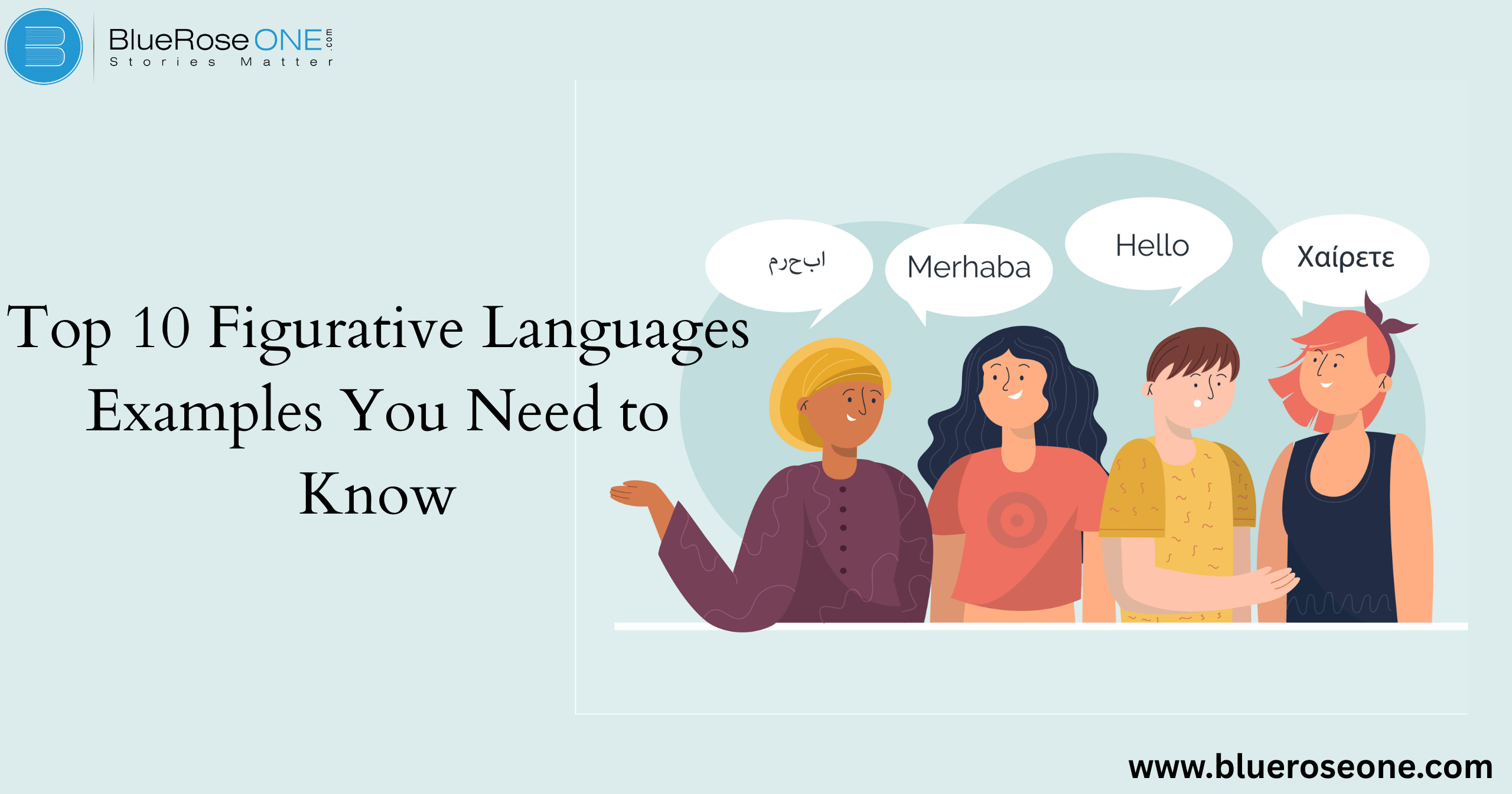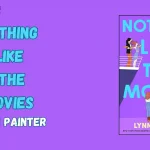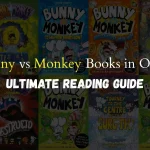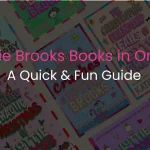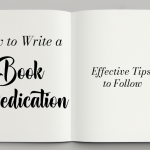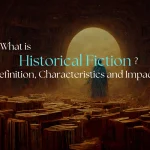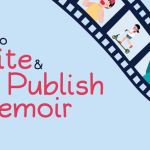Figurative language is like a spice for your writing, adding taste, depth, and emotion. Whether you’re a budding poet, a fiction writer, or just someone trying to spice up your emails, understanding figurative language is key to effective expression. Let’s break it down together and explore the top 10 figurative language examples you absolutely need to know.
What is Figurative Language?
Literal vs. Figurative Language
Understanding the difference between literal and figurative language is essential when exploring figurative expressions. Literal language means exactly what it says words are used in their standard, dictionary definitions.
Figurative language, on the other hand, uses creative comparisons and symbolism to convey deeper meanings or evoke emotion. Saying “time is money,” for instance, is figurative; it highlights the significance of time without implying that it is actual money. This contrast helps writers add richness and imagination to their work.
Why Writers Use Figurative Language
Writers use figurative language to add depth, emotion, and vivid imagery to their writing. By going beyond literal meanings, figurative expressions help readers visualize scenes, understand abstract concepts, and connect with characters on a deeper level.
This creative use of language can evoke strong emotional responses, emphasize key themes, and make descriptions more engaging.
Finally, figurative language improves narrative by making the content more memorable and meaningful to the reader.
You may also read: 100+ Powerful Words to Describe Someone: A Complete Guide
The Power of Figurative Language in Writing
Figurative language holds immense power in writing by adding depth, emotion, and vivid imagery to ordinary words. It allows writers to express abstract ideas in relatable, imaginative ways, making their messages more impactful and memorable. Through techniques like simile, metaphor, and personification, figurative language paints mental pictures that engage readers and evoke emotion.
This stylistic tool enhances storytelling by creating layers of meaning and bringing characters, settings, and emotions to life. Whether used in poetry, fiction, or even persuasive writing, figurative language captures attention and resonates with audiences, making it an essential device for effective and creative communication.
Top 10 Figurative Language Examples
Let’s dive into the essential figurative devices you should know and use.
1. Simile - Figurative Language Examples
A simile is a figure of speech in which the terms “like” or “as” are used to compare two distinct objects. By emphasizing the similarities between seemingly unrelated things or thoughts, it produces vivid images. Similes are frequently employed in literature and ordinary speech to improve descriptions and add interest to writing. Similes enable readers to more vividly picture situations, feelings, or actions by establishing creative analogies.
- Her smile was as bright as the sun.
- He ran like the wind.
- The room was as silent as a grave.
- She floated into the room like a feather.
His temper was as explosive as a volcano.
When to Use It
Use similes to make comparisons that help readers visualize or feel something better. It’s perfect for poetry, storytelling, or even casual conversation.
You may also read: Top 15 Mood Examples in Literature & How They Shape Stories
You may also like: Top 10 Arundhati Roy Books You Must Read in 2025
2. Metaphor- Figurative Language Examples
A metaphor is a figure of speech that, without the use of “like” or “as,” creates vivid imagery by comparing two unconnected things by saying one is the other. “Time is a thief,” for instance, implies that time robs us of special moments in our lives. Metaphors improve writing by giving it more emotional depth and by using well-known concepts to help readers comprehend abstract topics.
- Time is a thief.
- Her voice is music to his ears.
- The classroom was a zoo.
When to Use It
Use metaphors when you want to create a stronger, more direct image. Great for building character depth and thematic elements.
3. Personification - Figurative Language Examples
Personification is a literary device where human traits are attributed to non-human things, such as animals, objects, or abstract ideas. It helps readers connect emotionally with the narrative by making descriptions more vivid and relatable. Writers often use personification to add depth and creativity to their storytelling.
Examples of Personification:
- The wind whispered through the trees.
- Time marched on without mercy.
- The sun smiled down on the village.
When to Use It
Ideal for setting scenes, adding emotion, or describing nature and objects in a relatable way.
4. Hyperbole - Figurative Language Examples
Exaggerated words that are not intended to be taken literally are known as hyperbole. Writers and speakers use hyperbole to create strong impressions or evoke intense emotions. It adds drama, humor, or emphasis to a statement, making it more engaging for the reader or listener.
Examples of Hyperbole:
- I’ve told you a million times.
- She cried a river of tears.
- This bag weighs a ton.
When to Use It
Perfect for creating a strong impression, adding humor, or conveying intensity.
You may also like: 100+ Character Traits Examples for Writers and Students
5. Onomatopoeia - Figurative Language Examples
Onomatopoeia is a figurative language strategy in which words mimic natural sounds, enhancing the vividness and sensual appeal of writing. It allows readers to hear what’s happening in a scenario, making descriptions more immersive. This approach is frequently employed in poetry, comic books, and storytelling to increase realism and emotional effect.
Examples of Onomatopoeia:
- Buzz – sound of a bee
- Crash – sound of something breaking
- Sizzle – sound of frying
- Bang – loud noise
- Woof – sound of a dog
When to Use It
Great for action scenes, comics, and storytelling where sound adds to the atmosphere.
6. Alliteration - Figurative Language Examples
Alliteration is a figurative language strategy in which the first consonant sounds of words are repeated in quick succession. This style method enhances writing by adding rhythm, emotion, or emphasis, resulting in more memorable and engaging words. Alliteration, which is commonly utilized in poetry, tongue twisters, and brand names, adds musicality to words.
Examples of alliteration:
- Peter Piper picked a peck of pickled peppers.
- She sells seashells by the seashore.
- Whispering winds wandered wildly.
When to Use It
Useful for poetry, song lyrics, tongue twisters, or making phrases catchy and memorable.
You may also like: Top 10 Must-Read Aadvika Pommu Novels (ஆத்விகா பொம்மு)
7. Idiom - Figurative Language Examples
An idiom is a frequent phrase or expression with a meaning other than the literal interpretation of its words. Idioms enrich language by adding color and cultural context, and they frequently convey complicated ideas in a quick and vivid manner. They are commonly utilized in regular speech, literature, and media to generate compelling dialogue and narration.
Examples of idioms include:
- Break the ice – to initiate conversation in a social setting
- Spill the beans – to reveal a secret
- Hit the nail on the head – to describe something accurately
- Under the weather – feeling ill
- Bite the bullet – to endure a painful situation bravely
When to Use It
Adds cultural flavor and depth. Be careful with idioms when writing for international readers they’re not always universally understood.
8. Oxymoron - Figurative Language Examples
An oxymoron is a figure of speech that combines two conflicting or opposing words to create a unique expression, which frequently reveals a deeper truth or adds dramatic effect. It emphasizes complexity or irony in a sentence by combining seemingly incongruous elements. Oxymorons are used by writers to stimulate ideas or provide humor.
Examples of oxymoron include:
- Deafening silence
- Bittersweet
- Living dead
- Jumbo shrimp
- Seriously funny
When to Use It
Good for expressing complexity, irony, or paradoxes in feelings and situations.
You may also read: Diva Secret Cellular Nutrition Therapy by Dr. Wandoh Timothee Djimet: Book Summary
9. Irony - Figurative Language Examples
Irony is a literary device where the intended meaning of words is different from their actual meaning, often highlighting a contrast between expectations and reality. It adds depth and humor to writing by surprising the reader.
For example:
- Verbal irony: Saying “Great weather!” during a storm.
- Situational irony: A fire station burns down.
- Dramatic irony: The audience knows a secret the character does not.
When to Use It
Irony is best used in storytelling, satire, and commentary. It adds depth and humor when used effectively.
10. Symbolism - Figurative Language Examples
Symbolism is a powerful literary device where an object, person, or situation represents a deeper meaning beyond its literal sense. Writers use symbolism to convey complex ideas and emotions subtly, adding layers to their stories.
For example:
- A dove often symbolizes peace.
- Dark clouds can represent trouble or sadness.
- A red rose typically stands for love or passion.
When to Use It
Use symbolism when you want to add layers of meaning to your story or artwork. It’s subtle but powerful.
Mistakes to Avoid When Using Figurative Language
- Overuse: Don’t crowd your writing with too many devices it becomes overwhelming.
- Confusion: Make sure your comparisons make sense.
- Clichés: Avoid overused expressions like “cold as ice” or “time flies.”
Conclusion
Figurative language is your creative superpower. Whether you’re writing a novel, crafting a poem, or just trying to sound more interesting in your next Instagram caption, mastering these tools will level up your communication. Start experimenting with metaphors, play around with idioms, and don’t be afraid to get poetic!
You may also read: Pacing Definition in Literature: Guide for Writers and Readers
Frequently Asked Questions
To add creativity, depth, and emotional impact to writing, making it more engaging and memorable.
Absolutely! Figurative language is common in memoirs, journalism, speeches, and essays to make points more vivid.
A simile uses “like” or “as” to compare, while a metaphor states something is something else directly.
Yes, irony is a type of figurative language because it conveys meaning in a non-literal way.
Use fun examples, play games like “Figurative or Literal?”, and encourage them to write their own creative sentences using different devices.

